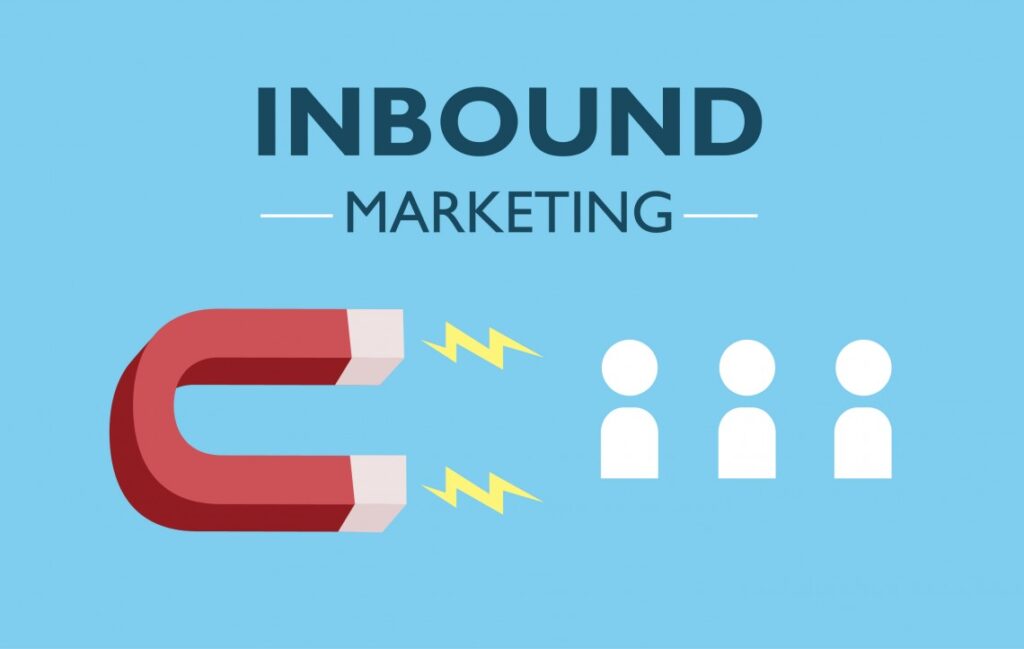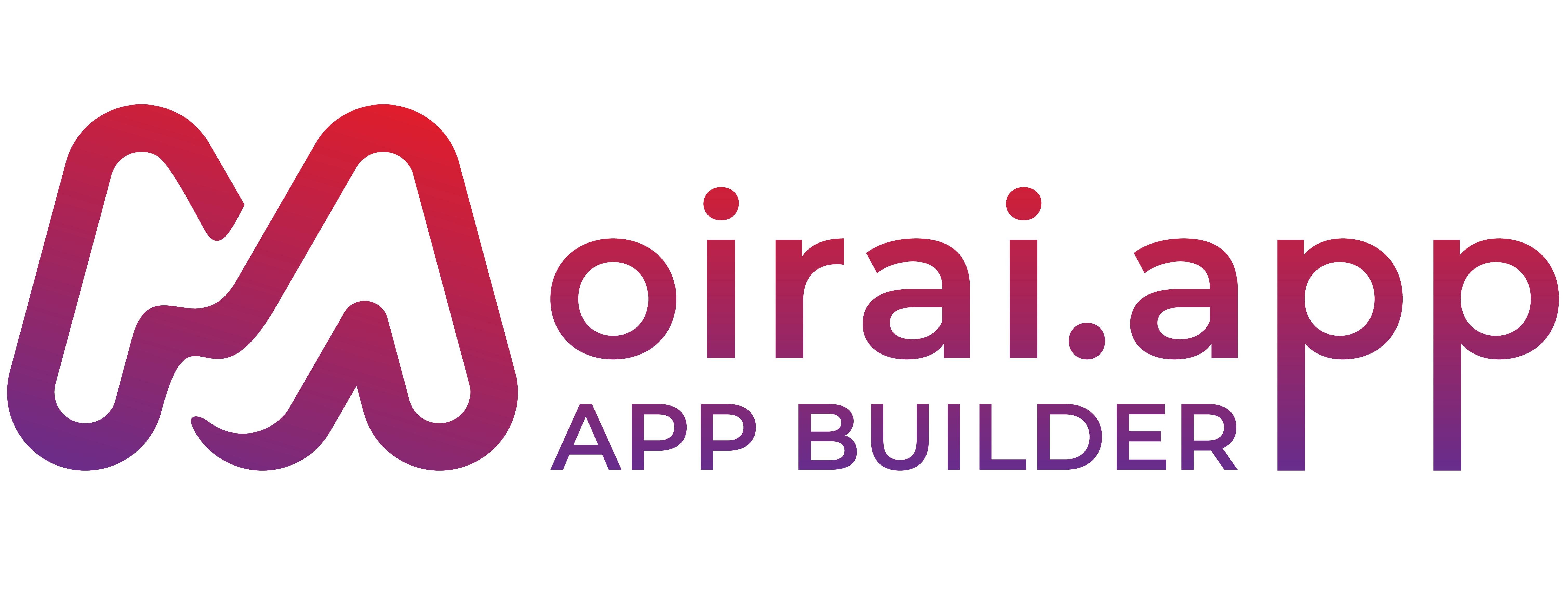On-page SEO, also referred to as on-site SEO, involves optimizing the content and elements on a web page to improve its visibility and relevance for both search engines and users. It focuses on optimizing various aspects directly on the website itself. Key on-page SEO practices include:


- Title tags: Creating unique and descriptive titles that accurately reflect the content of the page.
- Content optimization: Developing high-quality, relevant, and keyword-rich content that provides value to users and aligns with search intent.
- URL structure: Creating user-friendly and keyword-rich URLs that are concise and descriptive.
- Internal linking: Implementing strategic internal links within the website to guide users and search engines to relevant pages.
- Heading tags: Properly structuring content using heading tags (H1, H2, etc.) to provide hierarchy and improve readability.
- Keyword optimization: Researching and incorporating relevant keywords naturally within the content, meta tags, and headings.
- Image optimization: Optimizing image file names, alt tags, and sizes to improve page load speed and accessibility.
- User experience (UX) optimization: Ensuring the website is user-friendly, easy to navigate, and provides a positive browsing experience.
On the other hand, off-page SEO focuses on optimizing factors that happen outside of the website, such as building high-quality backlinks, social media signals, and online reputation management. These external factors influence the website’s authority and visibility in search engine rankings.
By implementing both on-page and off-page SEO strategies, businesses can enhance their online presence, increase organic search traffic, and improve their overall search engine rankings.





